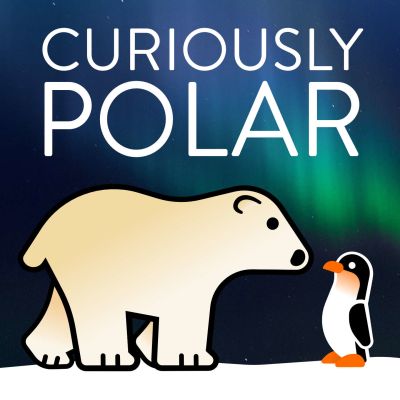The Arctic and the Antarctic are privileged locations for observers interested in understanding how our world is shaped by the forces of nature and the workings of history. These areas have inspired countless humans to undertake epic expeditions of discovery and have witnessed both great triumphs and miserable defeats. As a planetary litmus paper it is at the poles we can detect the effects of natural oscillations and human activities on the global ecosystems.
https://curiouslypolar.com/
087 Magical Diamond Dust
While Antarctica is considered one of the most inhospitable places in the world by its ice and harsh conditions, the low temperatures on the ground provide some of the most breathtaking weather phenomena. Names like Brockenspectre, Green Flash or Halo arouse curiosity, but really exciting is the magic sounding diamond dust. Although there are low levels of precipitation in Antarctica, meteorological wonders abound and diamond dust is one of them! The air temperature in Antarctica is often low enough for water vapour to condense directly out of the atmosphere and form tiny ice crystals which then fall. On a sunny day these catch the sunlight and shine like a sprinkling of diamonds in the sky, hence the name diamond dust. If the crystals are orientated in exactly the right way they can give rise to brilliant halos. Diamond dust is also responsible for beautiful optical phenomena like sun dogs, halos and light pillars. CP 061 Ice and Flames: Those Mysterious Arctic Volcanos. Throwing hot water in the air
